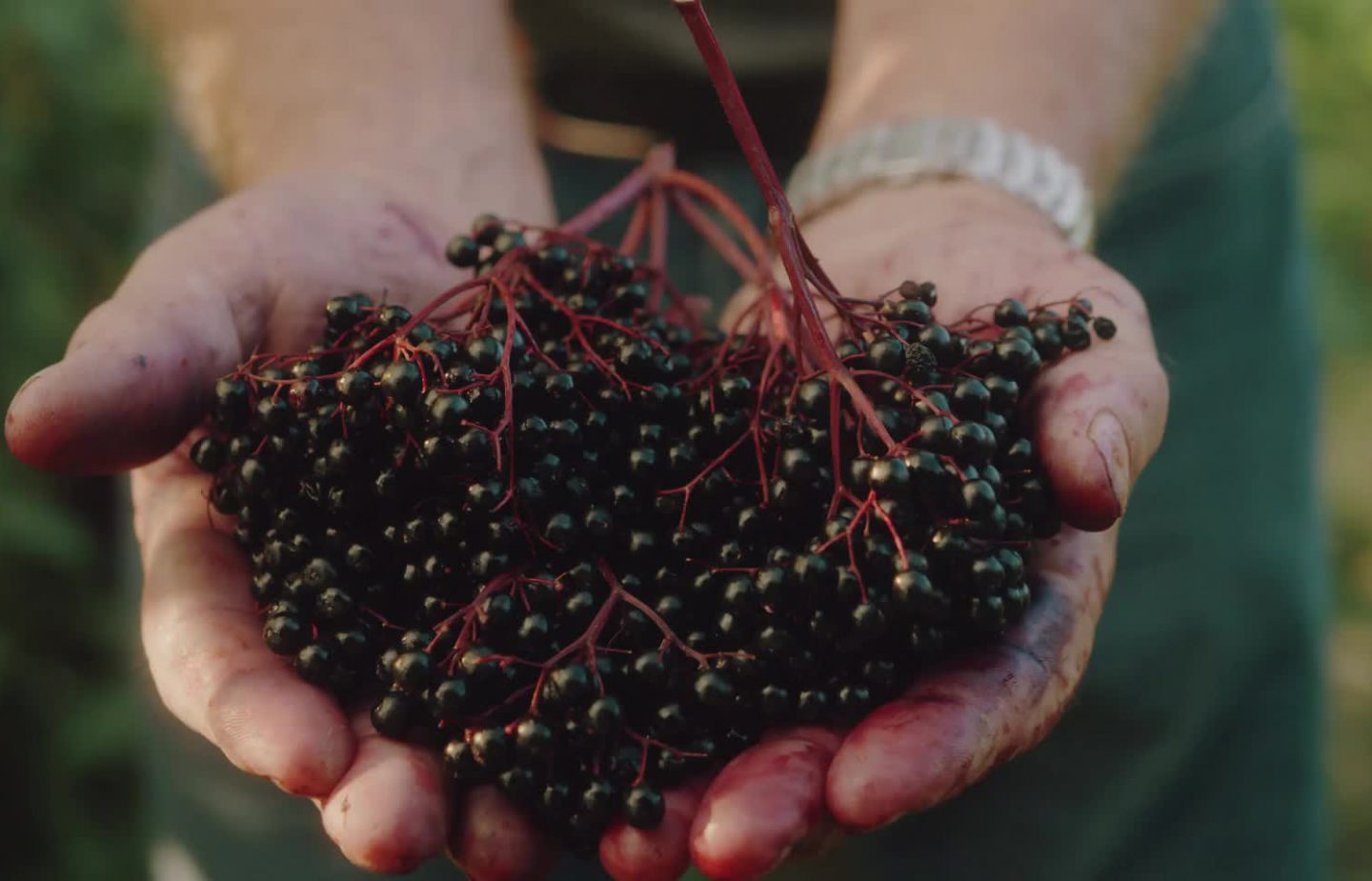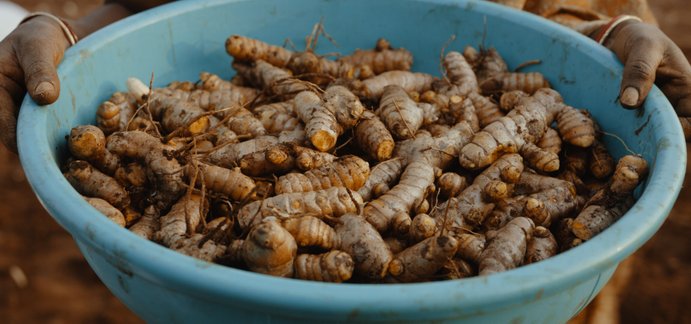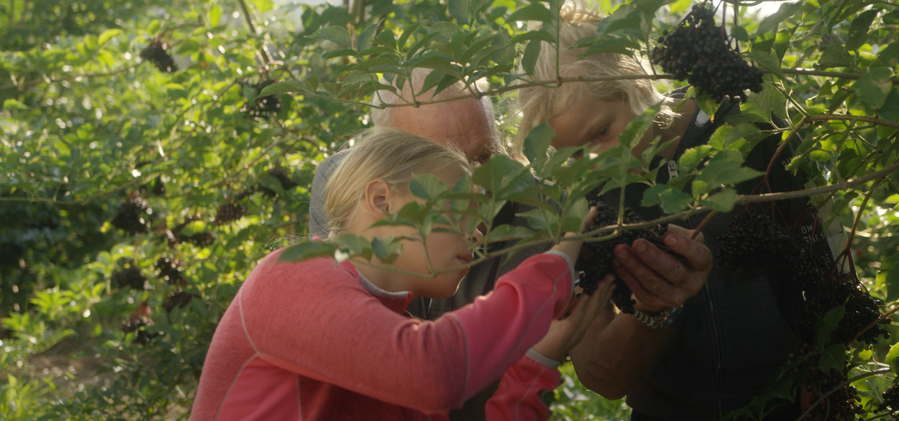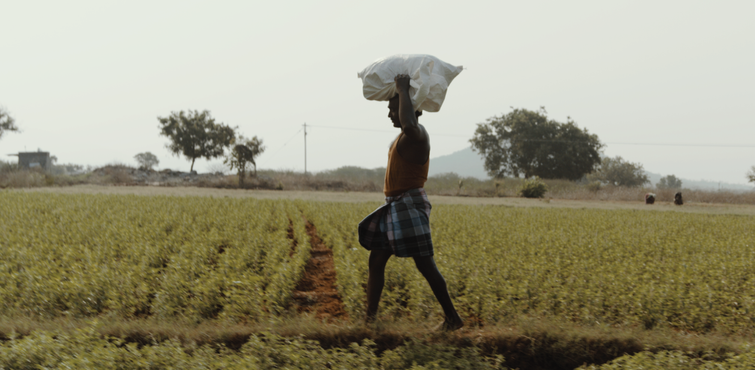
From the Ground Up: How USA Today Builds Inspiring Branded Content
The advertising landscape is a crowded one. Audiences are more and more skeptical of what they’re being shown, making the task of crafting high-quality content even more challenging.
So how does a branded campaign cut through all the noise? The same way that a credible news piece would.
“We really bring that journalistic approach to storytelling,” says Chris Sweigart, Creative Director of GET Creative, USA Today’s in-house branded content studio. “Whenever we bring a new advertiser on board, we ask a lot of questions like a journalist would. We want to understand who they are, what they stand for, what their values are and what the message is that they’re trying to tell their audience.”
Sweigart began his career in journalism working as a television reporter, so it’s no surprise that digital video is a big part of how his team tells a brand’s unique story. One such program was developed with Spark for the herbal supplement producer, Nature’s Way.
The group took on an enormous undertaking, producing an impressive collection of videos and articles that highlight some of the remarkable ingredients used in Nature’s Way products. The sophistication of this campaign came from focusing not only on the ingredients themselves, but also on the individuals involved in growing and harvesting them.
I think more and more people today are seeking transparency. They’re okay if a particular publisher has a perspective, or has an outlook, or has a slant towards how they report things. What I think the audience is not okay with is when publishers try to hide that.
The content takes its audience on a journey to the heartland of each ingredient — a Holy Basil farm in Tamil Nadu, India; a turmeric farm in Gundlupet, India; an elderberry farm in the Styrian region of Austria — encouraging the audience to consider where their food comes from. This investigative piece is emblematic of the work USA Today has always strived for, on both the branded and editorial sides.
We sat down with Sweigert to talk about the program, as well as his thoughts on the importance of honesty in brand journalism.

During wedding ceremonies in India, couples tie a knot and dip it in turmeric.
GET CREATIVE/USA TODAY
Pressboard: Could you tell us about the program that you ran with Nature’s Way?
Chris Sweigart: Nature’s Way obviously makes a lot of products that you might find at Whole Foods or stores like that, herbal supplements. They place a lot of value on producing a very high-quality product and putting that product in front of consumers. And for them, that means understanding exactly where every ingredient in that product comes from, all the way down to the farmer. And then from the farmer, working through their quality assurance processes, through their various testing and everything else that they do to ensure that the product that they’re buying is the product that is truly ending up on the shelf.
They have a very deep core belief that just because nobody’s watching doesn’t mean you shouldn’t do the right thing. But in fact, those are probably the times when we really should be doing the right thing – that’s when it matters most.
No longer can we just be the megaphone speaking out to people. We have to have a dialogue with them and be able to take the content to them. And if we do that, then I think we’ll continue to grow as an industry
[We took that idea and ran with it when] we went to India, to a turmeric farm and a basil farm, and saw the farmers harvesting the product and bringing it to life. We went to Austria, where we went out on an elderberry farm. It was a really wonderful opportunity to meet some very graceful, kind, passionate farmers, and people who care about what they do and are very connected to the earth.
How do you decide what will be the subject of your campaigns, or who will be the main characters?
There is a lot of work that goes into identifying a pool of potential characters that we think are particularly representative of the story. There’s a lot of pre-interviewing that goes on, a discussion with them to understand what they’re doing, what they think about it, how they feel about the brand. We have a plan before we go, but we always leave a little bit of flexibility in there. I think this is the journalist in us coming out, to discover and to adapt to the discoveries we might make along the way. I think those natural and organic discoveries are what make a story really sync or really connect with an audience on USA Today.

Austrian elderberry farmer, Franz, and his family harvesting their crop.
GET CREATIVE/USA TODAY
What is it that makes you choose a certain storytelling mechanism to get a message out?
In its purest form, we want to start with the idea and then decide what’s the best way to bring that story to life. For example, if you look at this Nature’s Way campaign, it included a lot of different story types or products. We had articles, we had interactive infographics, there was certainly video and there were the [360-degree view] elements as well. We want to transport people to a different place and time that they couldn’t otherwise go or allow them to have an experience that they wouldn’t otherwise be able to have.
How do you see branded content fitting into the publishing industry’s future?
The question I always like to ask is: “when was the last time you clicked on a display ad?” That’s not to say display ads are ineffective – they can be very effective at drawing out an action later. What I think branded content brings, though, is the opportunity for an advertiser to connect with the audience in a really powerful and engaging way. Inform, connect and engage the audience are really kind of our three guiding principles.
[Nature’s Way] places a lot of value on producing a very high-quality product and […] understanding exactly where every ingredient in that product comes from, all the way down to the farmer.
Editorial teams need to maintain and continue to build their credibility with the audience. And that comes from solid reporting, investigative reporting, day-of reporting, balanced reporting and transparent reporting. I think more and more people today are seeking transparency. They’re okay if a particular publisher has a perspective, or has an outlook, or has a slant towards how they report things. What I think the audience is not okay with is when publishers try to hide that.

Holy Basil is an ancient herb considered sacred in India.
GET CREATIVE/USA TODAY
I think there will always be a place and a need for good, solid reporting that holds powerful people accountable and keeps our audiences informed about the world around them. No longer can we just be the megaphone speaking out to people. We have to have a dialogue with them and be able to take the content to them. And if we do that, then I think we’ll continue to grow as an industry.
If you were stranded on a desert island, what story would you bring with you? Book, movie or otherwise.
Top movie: Raiders of the Lost Ark. I got into journalism and reporting because I wanted adventure and to see the world, and I’ve always been fascinated by history and how that shapes the world that we live in today. Indiana Jones, he’s kind of the constant adventurer, the reluctant hero in many ways.
Get your Content Marketing Fix
Sign up to receive tips on storytelling and much more.
We promise to respect your inbox.

